Powdered metal is used to make solid parts from metal powder. Read More…
Since 1967, PSP has been a leader in small, intricate custom powdered metal parts for a wide range of industries, such as Sports & Recreation, Power Tools, Industrial Equipment, Oil & Gas.

Liberty Pressed Metals is a designer and producer of Powder Metals (PM) components for use in various industries, such as automotive, lawn and garden, office equipment, power tool, home appliances, and more. Our process boost product strength, precision, and durability. We are ISO 9001: 2015 certified. Our quality management system assures top-quality sourcing of materials, as well as unmatched...
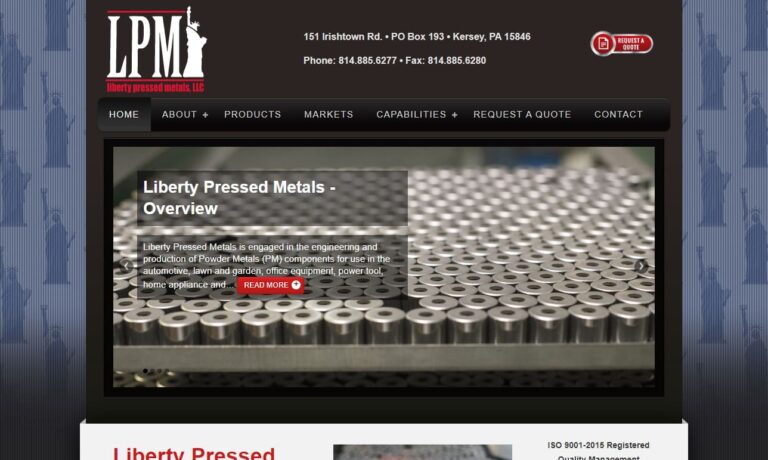
At Embassy Powdered Metals, Inc., we specialize in crafting high-quality powder metal parts that meet the exacting standards of a diverse range of industries. Our expertise lies in transforming fine metal powders into durable, precision-engineered components through advanced powder metallurgy techniques. We offer an extensive portfolio of products that includes complex shapes and intricate...
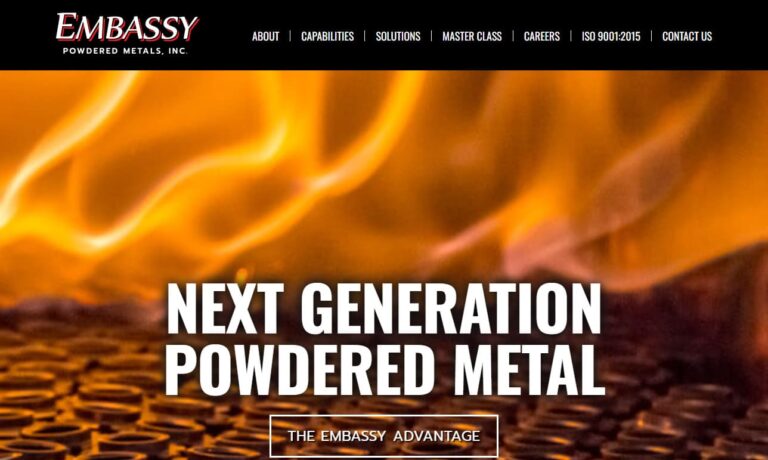
At MetalKraft Industries, Inc., we specialize in the art and science of powder metal parts, blending innovation with precision to deliver exceptional components. Our expertise spans the entire spectrum of powder metallurgy, enabling us to craft parts that meet the highest standards of quality and performance. We take pride in our ability to transform raw metal powders into robust, intricately...
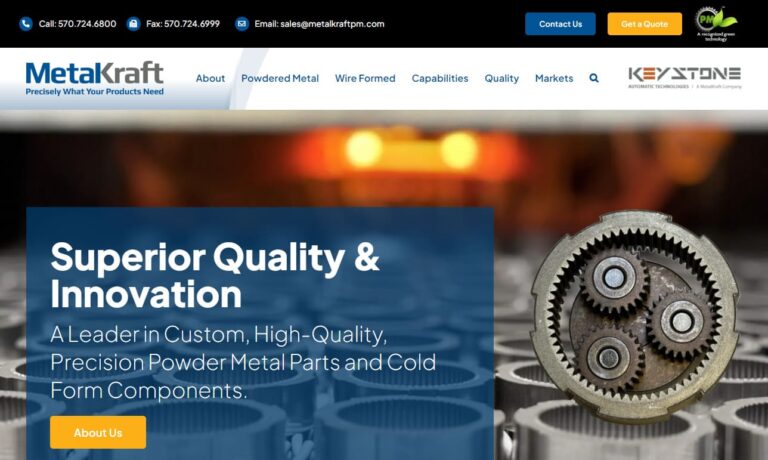
Enhanced Sintered Products, Inc. has manufacturing experiences dating way back. Our innovated products offer quick turnaround on all orders. These items come in a wide range of materials including Bronze, Iron, Brass & Copper and Stainless Steel. We also offer various secondary services including part design, tooling construction, sintering, molding, and more! Contact us today to learn more about ...
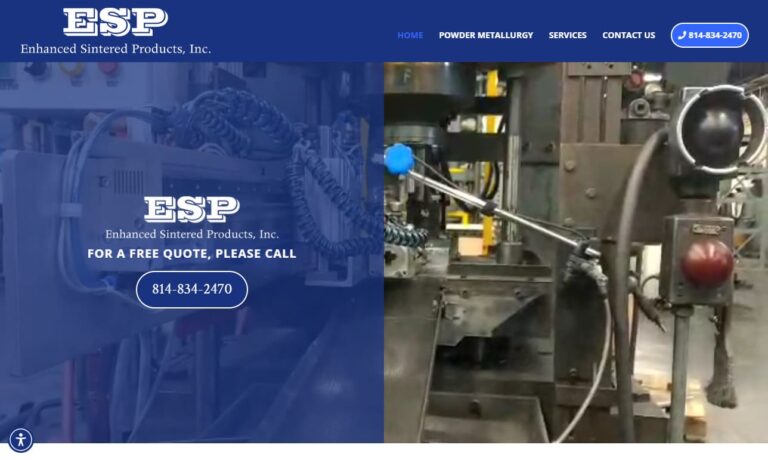
At Alpha Precision Group, we specialize in delivering high-quality powder metal parts tailored to meet the precise needs of our clients. Our expertise in powder metallurgy allows us to produce components with exceptional accuracy and durability, ideal for a range of industrial applications. We excel in creating complex and intricate parts that leverage the advantages of powder metal technology.
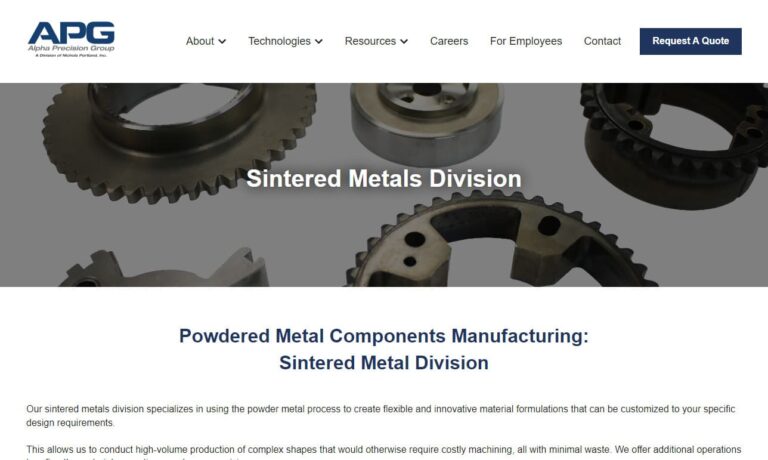
More Powdered Metal Manufacturers
Metal can be made into powder form using a variety of techniques, including atomization, chemical precipitation, centrifugal disintegration, and hydrogen reduction. Atomization, by far the most common of these methods, separates molten, liquid metal into small beads that are frozeninto a solid form.
Powdered metal is formed from solid metal bars or stock shapes into differing grades of fineness in order to be used in a wide variety of applications for which solid metal is not suitable. It can be made from a wide variety of metals, or combinations of metals including iron, aluminum, nickel, copper, bronze, titanium and brass. Industries such as electronics, pharmaceutical, cosmetic, automotive and industrial all use elements of powdered metals in a number of different functions. While there are a number of different methods for fabricating parts from powdered metal, it is widely used in the process of powder metallurgy for the fabrication of rigid and porous metal components. Aluminum powdered metal, bronze metal parts and iron powder metal are all common examples of the types of metals which are used from a powder form. Solid metals can be made into powder using a variety of techniques including atomization, chemical precipitation, centrifugal disintegration and hydrogen reduction. The most commonly used of these methods is atomization. The process of atomization separates molten, liquid metal into small separate beads that are then frozen into a solid form, creating a type of powder. The powder can vary in terms of granule size according to the desired finished product results.
The fabrication process of powder metallurgy uses powder metal in the construction of parts and components of varying complexities. It is composed of three different stages of production. After the initial process of metal powder formation, the powdered metal is forced into a die or mold cavity until it is completely filled. These are typically simple hollow shapes that are able to be used repeatedly to make solid parts from metal powder. Both heat and pressure are used in this formation process. The die or mold is put under great pressure in order for the powdered metal to adhere together into a solid shape. The product is then further heated in a furnace to a temperature just below the metal’s melting point. This ensures the bonding of the metal particles together in a rigid and high strength part. Using a metal powder also allows for various grades of porosity to be achieved in the finished products. Producing powdered metal parts results in very little waste as the material is forced into an enclosed die. In fact, approximately 97% of materials used during the process end up in the parts and not as scraps, making powder metallurgy both cost effective and environmentally responsible.



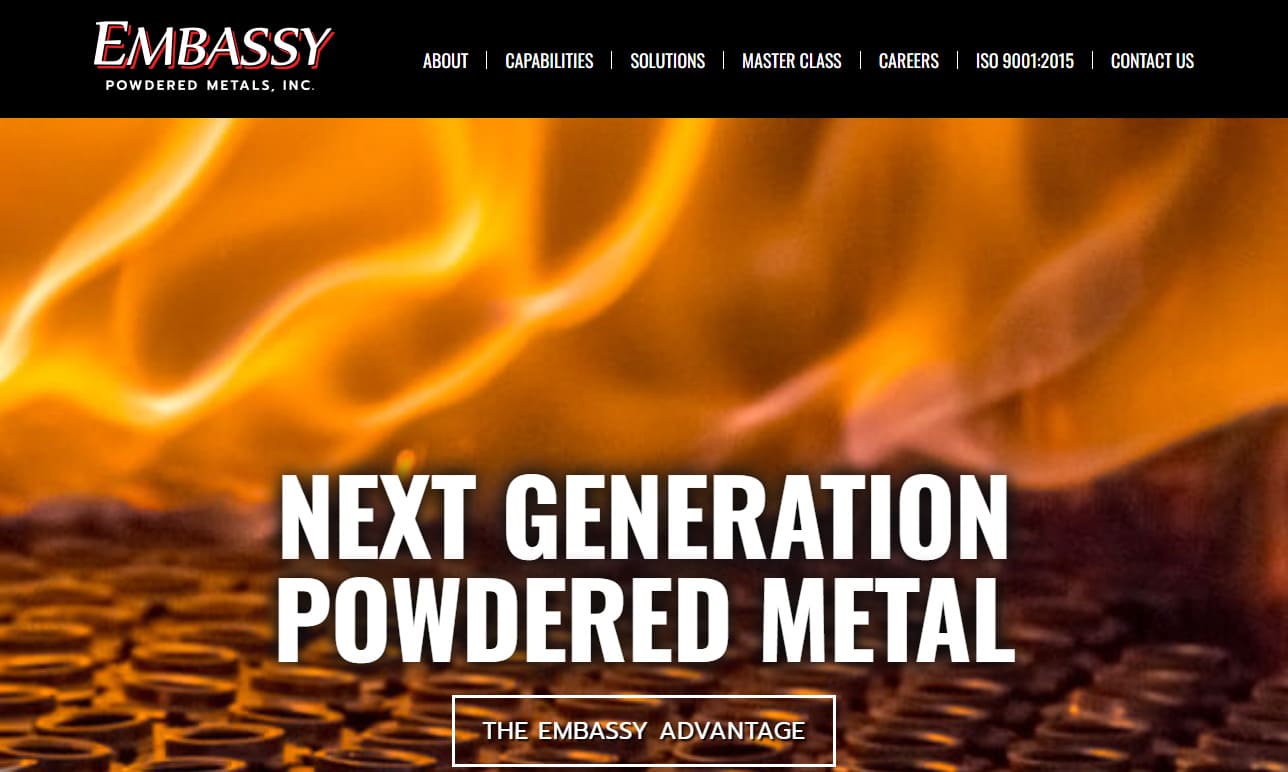
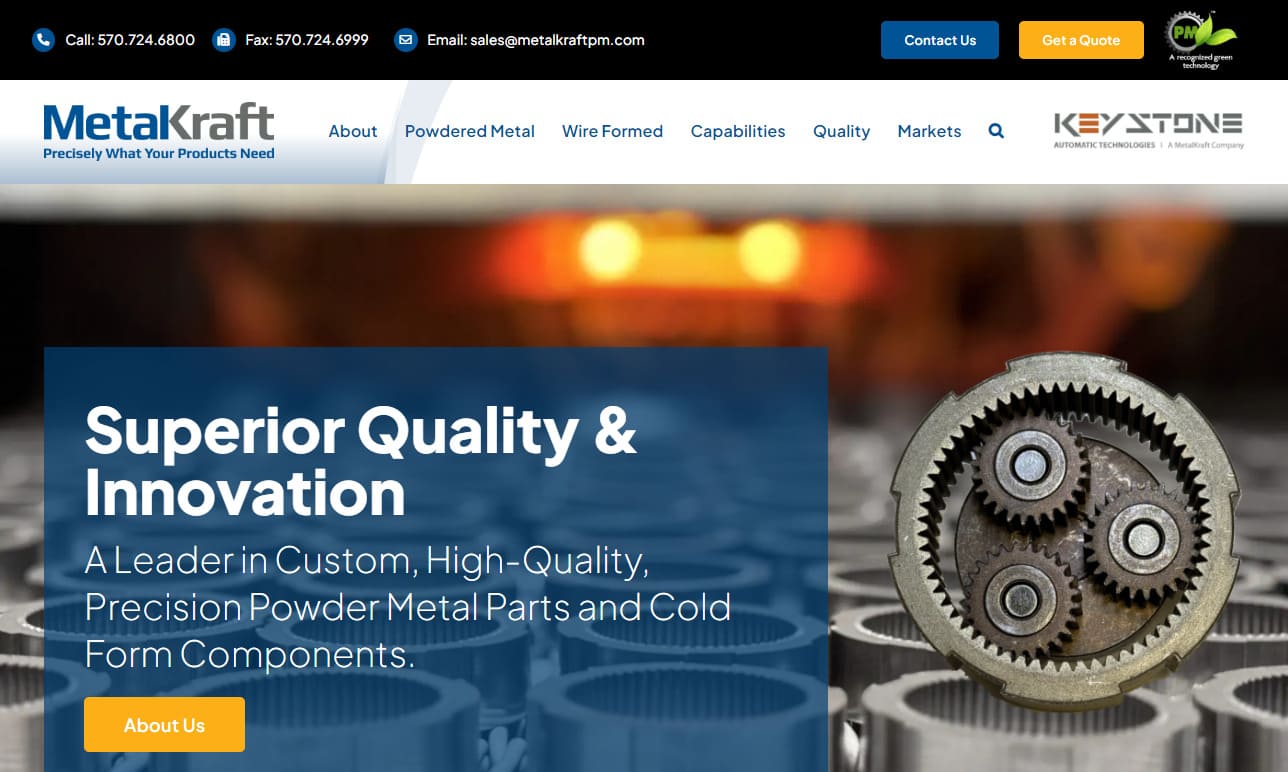
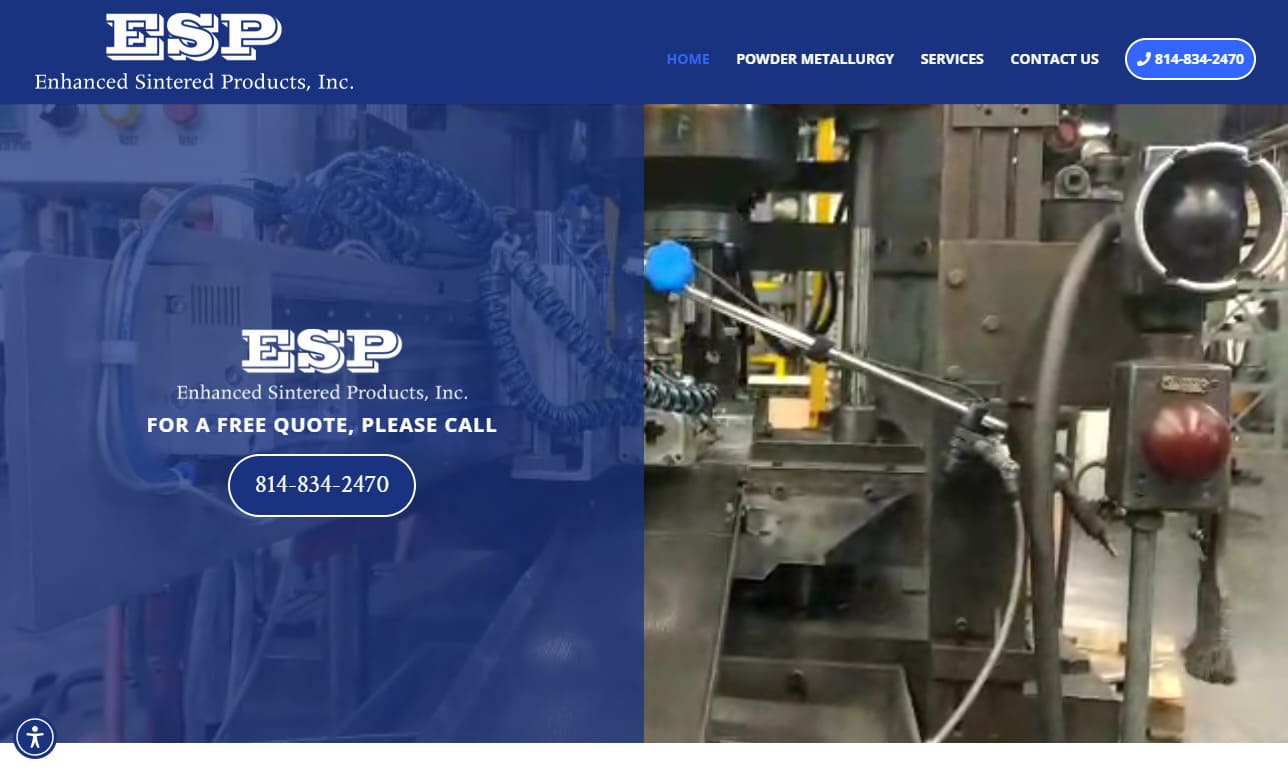
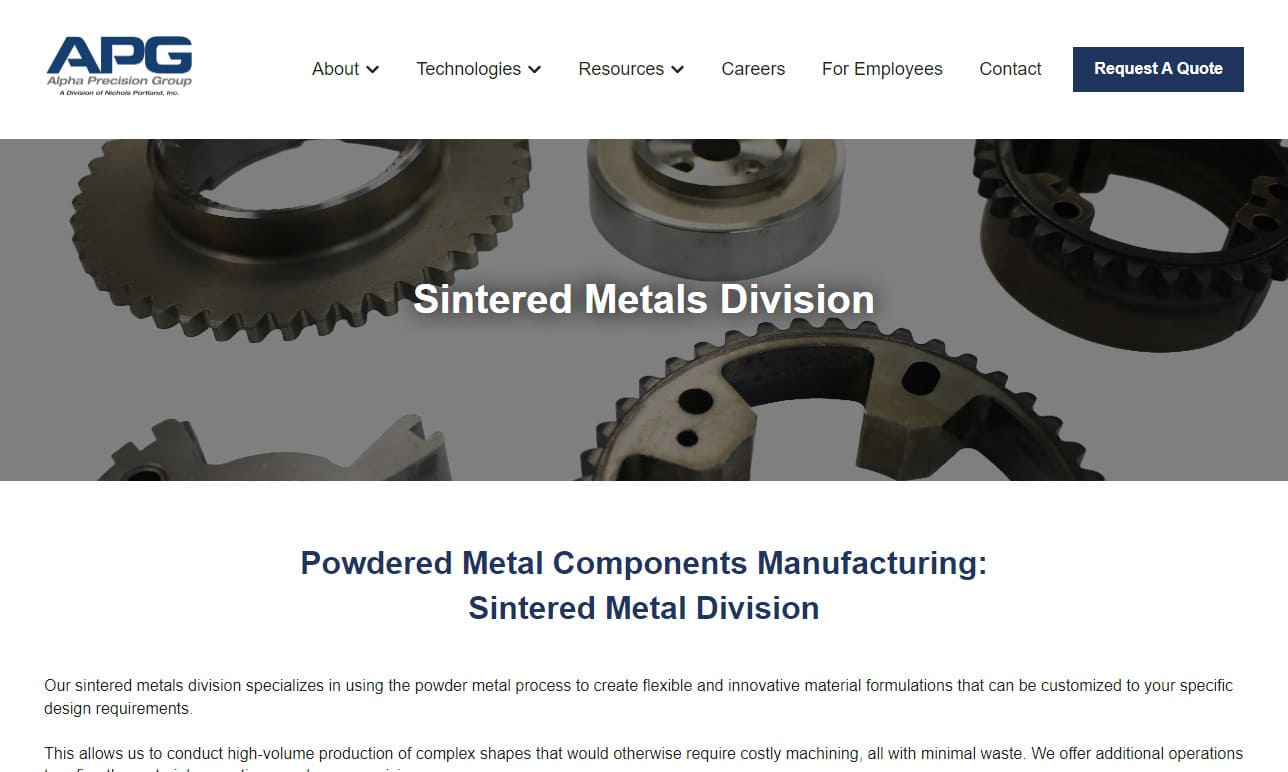
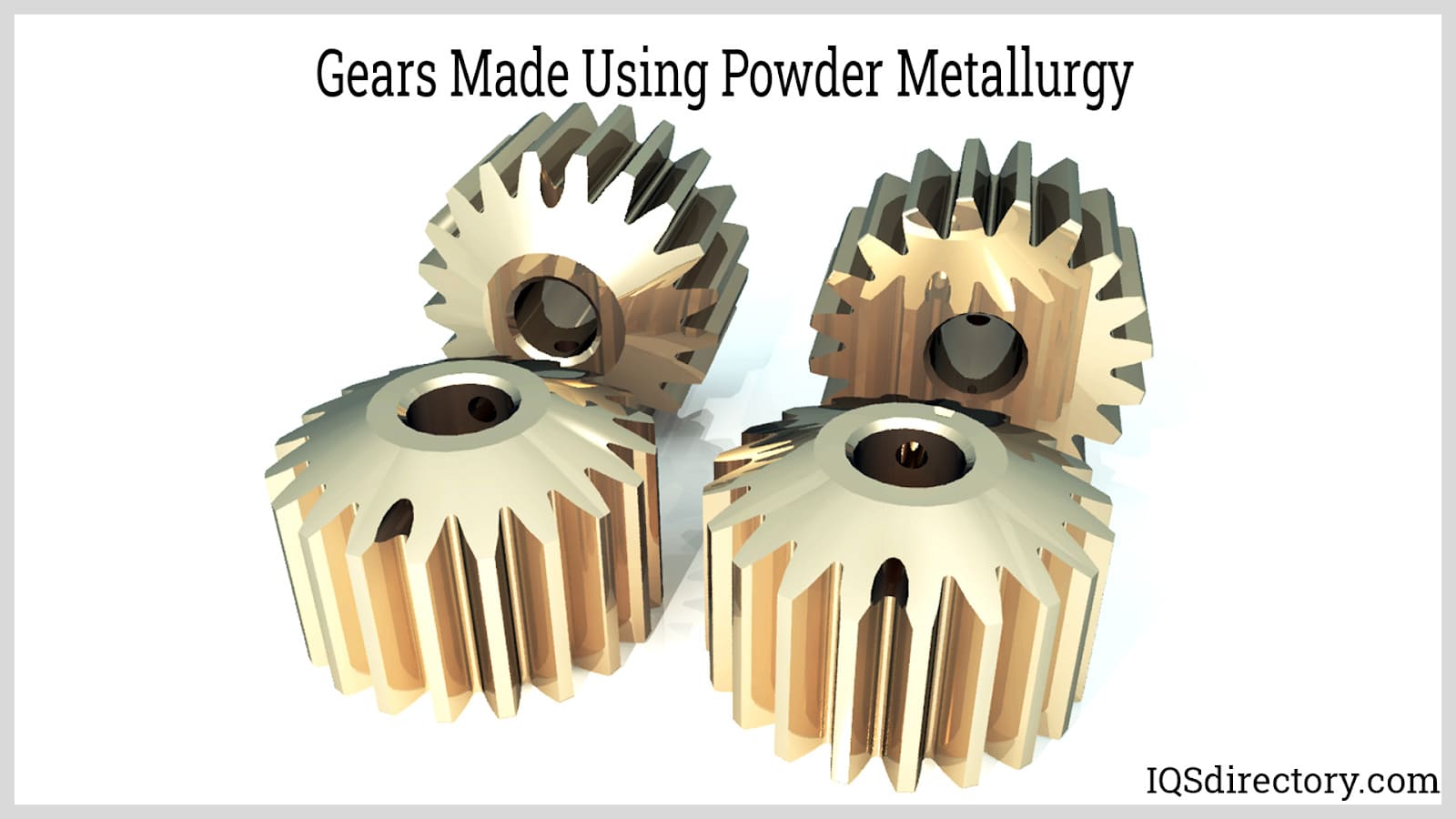
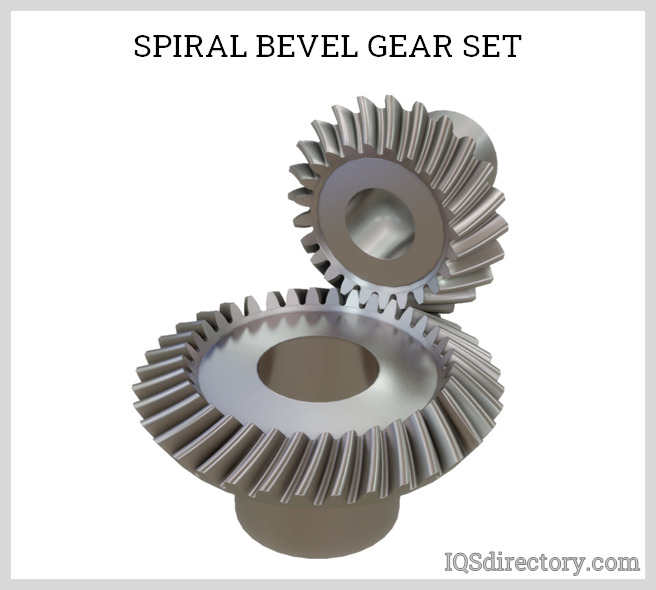
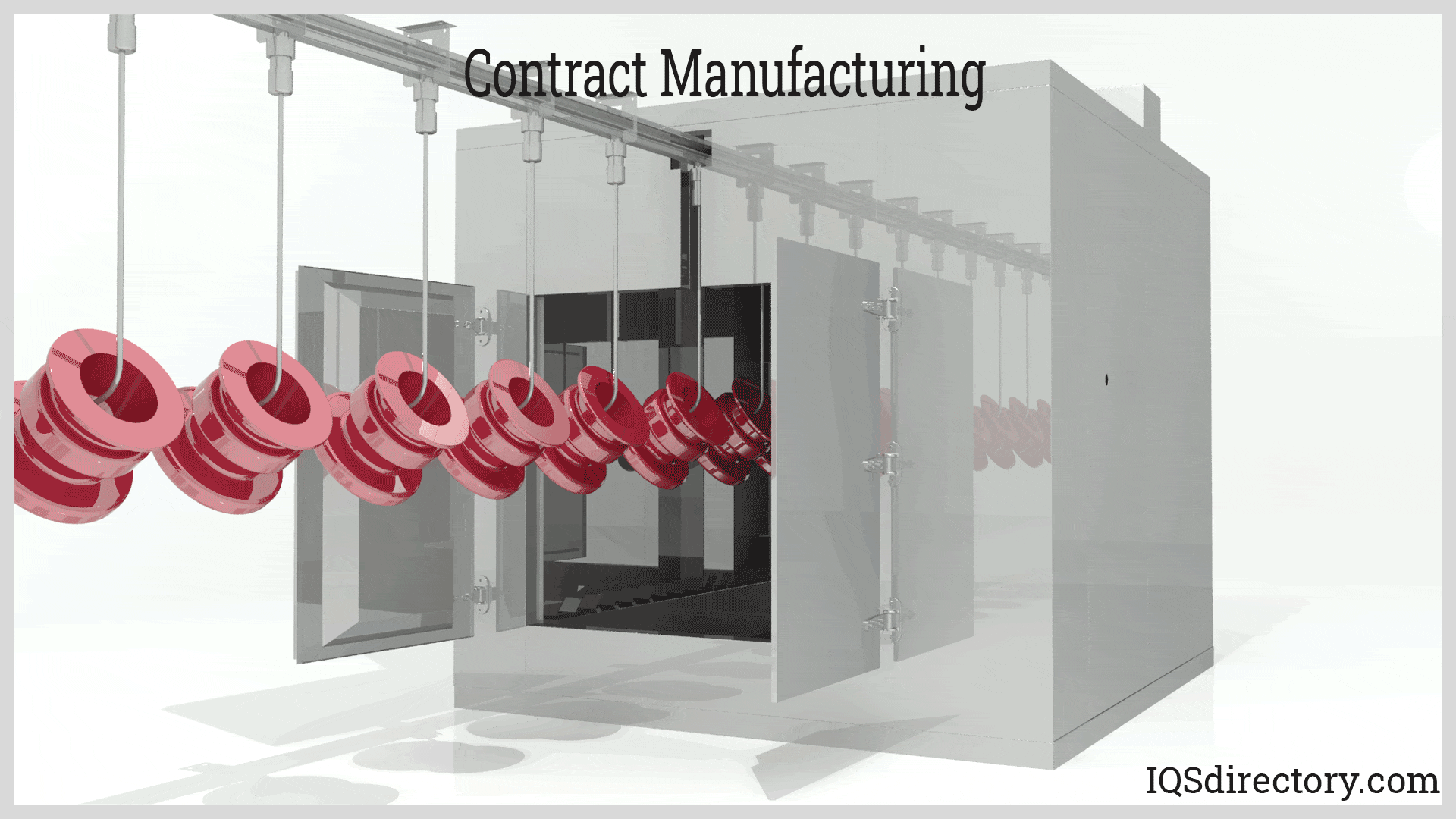
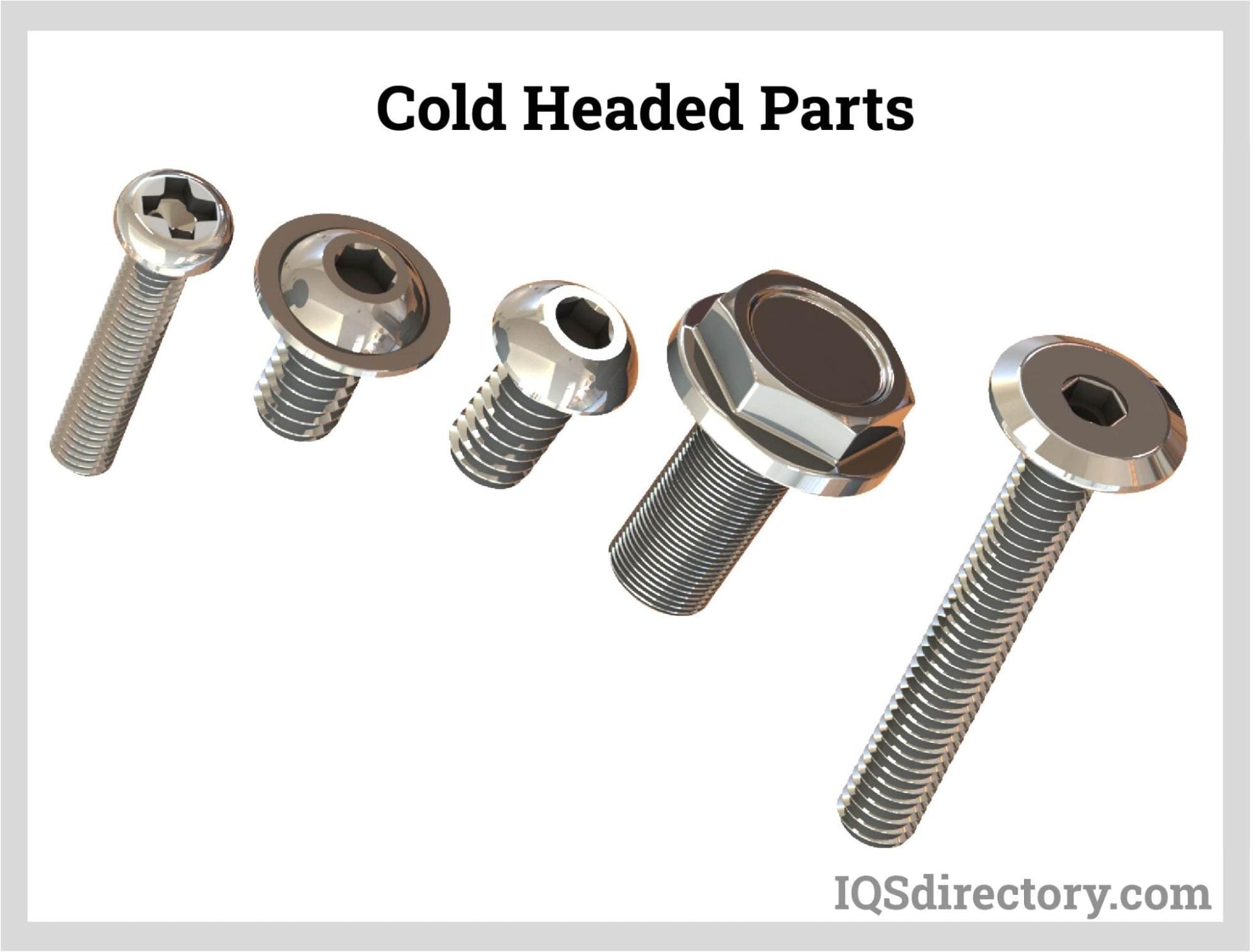
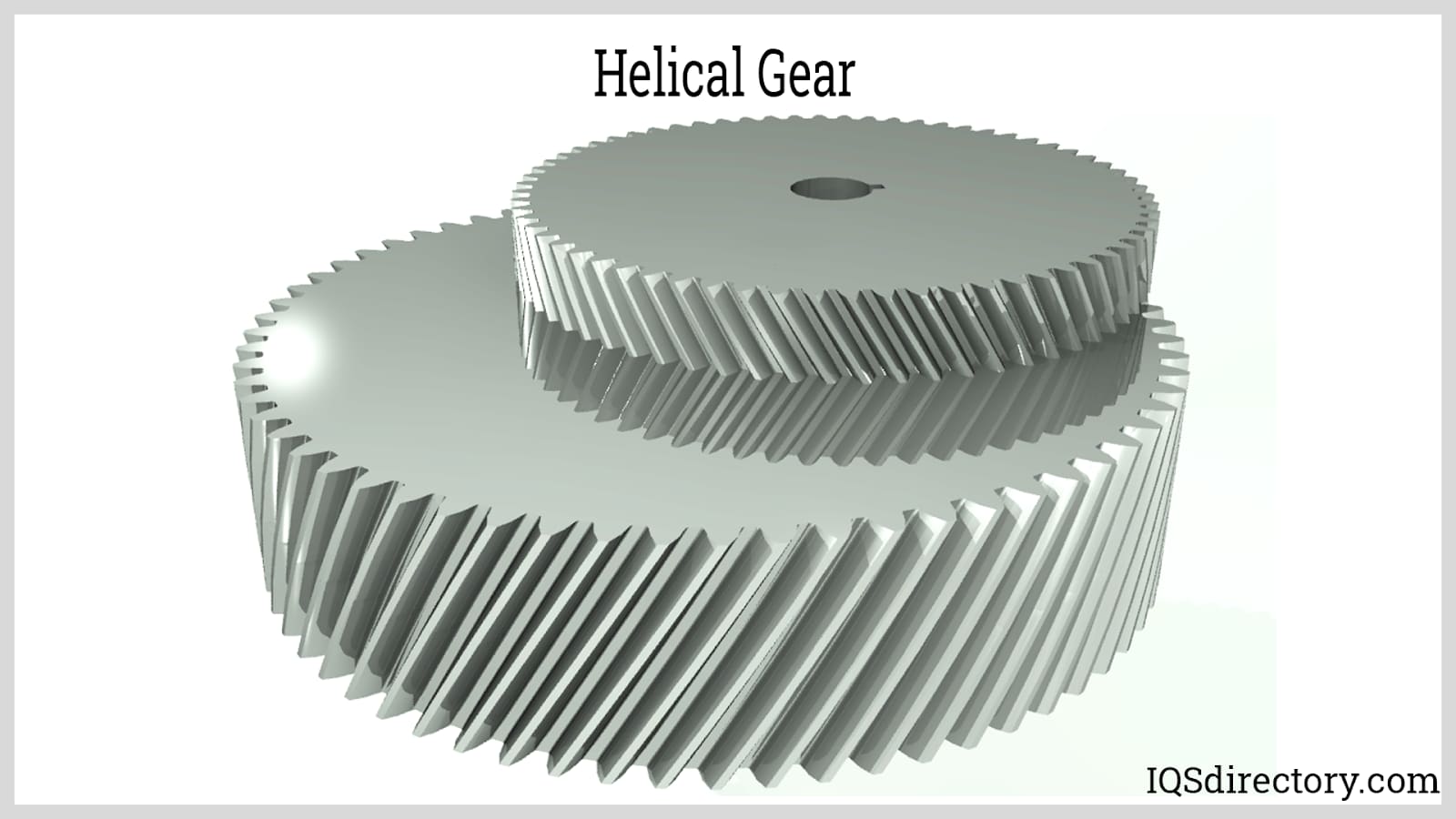
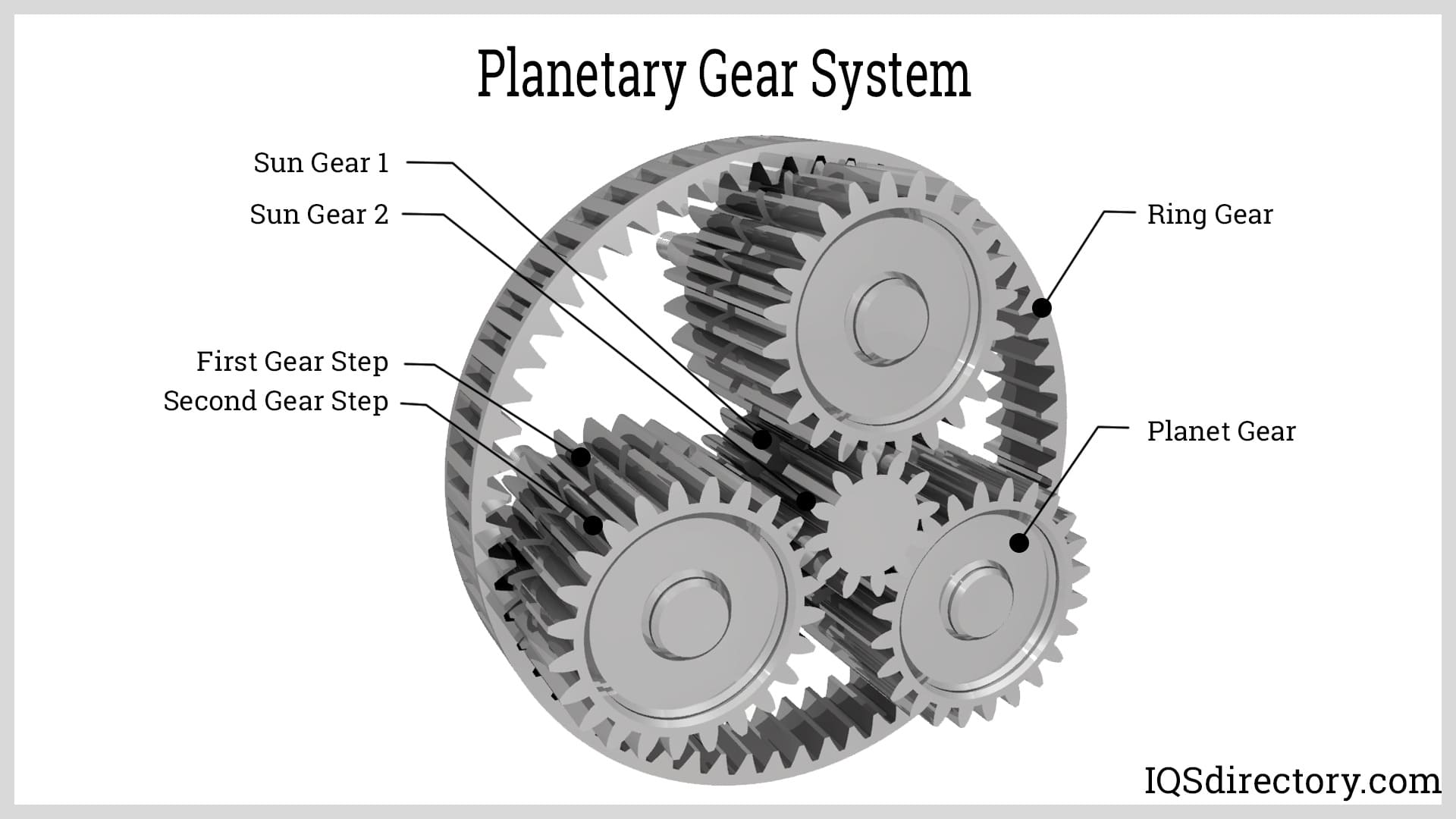
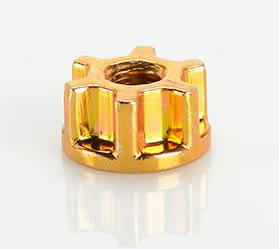 Cold Headed Parts
Cold Headed Parts Expanded Metals
Expanded Metals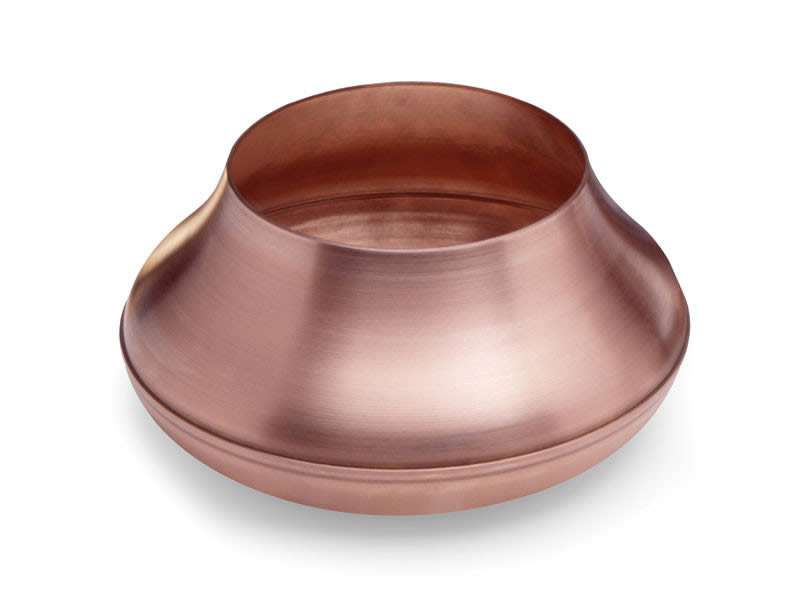 Metal Spinning
Metal Spinning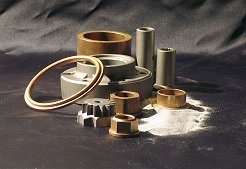 Powdered Metal Parts
Powdered Metal Parts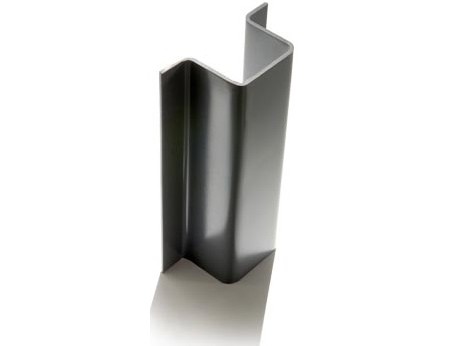 Roll Forming
Roll Forming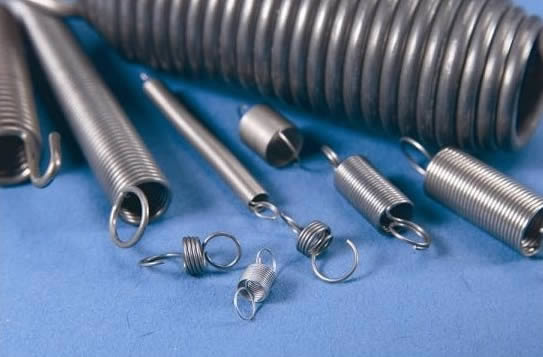 Springs
Springs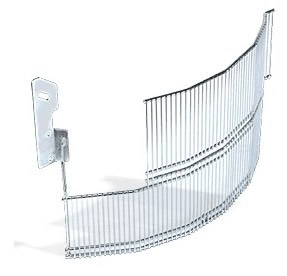 Wire Forms
Wire Forms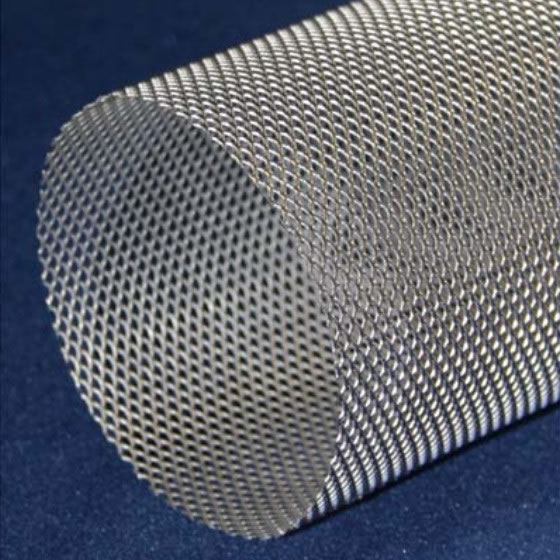 Wire Mesh
Wire Mesh Castings & Forgings
Castings & Forgings Bulk Material Handling
Bulk Material Handling Electrical & Electronic Components
Electrical & Electronic Components Flow Instrumentation
Flow Instrumentation Hardware
Hardware Material Handling Equipment
Material Handling Equipment Metal Cutting Services
Metal Cutting Services Metal Forming Services
Metal Forming Services Metal Suppliers
Metal Suppliers Motion Control Products
Motion Control Products Plant & Facility Equipment
Plant & Facility Equipment Plant & Facility Supplies
Plant & Facility Supplies Plastic Molding Processes
Plastic Molding Processes Pumps & Valves
Pumps & Valves Recycling Equipment
Recycling Equipment Rubber Products & Services
Rubber Products & Services